Did you know that improper pruning can reduce a fruit tree's yield by up to 30%? Understanding the difference between summer and winter pruning is not just an art—it's essential science for any gardener hoping to nurture vibrant, productive fruit trees year after year. Tree pruning done at the right time, with the right method, is the secret recipe behind healthy orchards and backyard trees alike. If you want your fruit trees bursting with blooms and bountiful fruit, keep reading to unlock pruning strategies that truly work.
Unlocking the Difference Between Summer and Winter Pruning: Key Facts and Surprising Statistics
- Discover what sets summer and winter pruning apart and why it matters for fruit trees and overall tree pruning health.
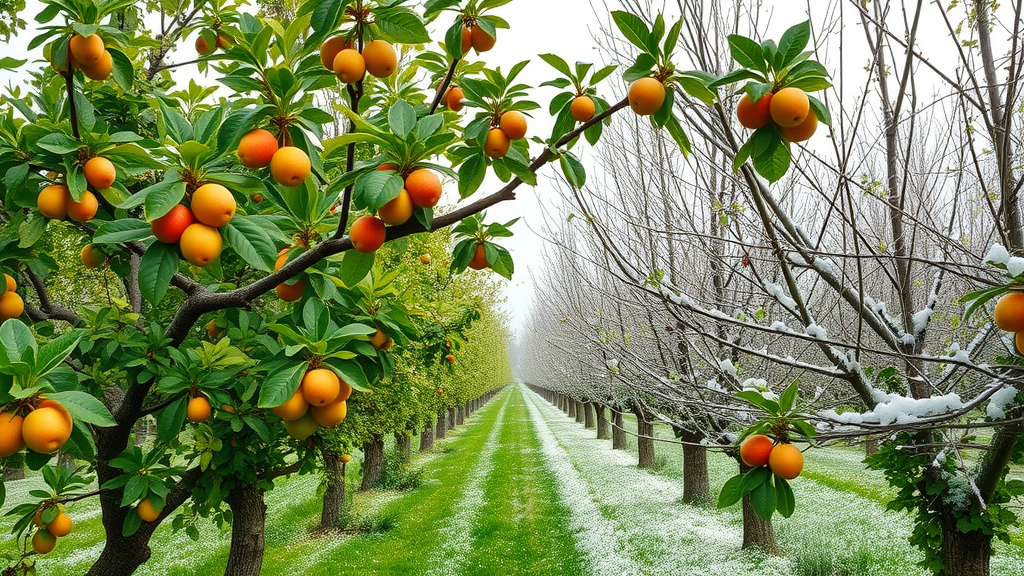
The difference between summer and winter pruning isn’t just a technical matter—it directly affects the lifespan, health, and productivity of your fruit trees . Recent research reveals that summer and winter cuts influence how trees allocate resources, respond to disease, and prepare for next season’s growth. While summer pruning can improve air circulation and fruit quality, winter pruning bolsters strong regrowth and shapes the future framework of each fruit tree . These seasonal adjustments are crucial, as the right technique at the wrong time can stress your trees, encourage pests, or even hamper flowering and fruiting in the next season.
In fact, studies show that optimizing pruning schedules can extend a tree ’s productive life by up to a decade and decrease the odds of disease outbreaks. It’s not just about cutting branches back—it’s strategic care that influences everything from the number of blossoms to the ease of harvesting next year’s fruit .
Understanding the Difference Between Summer and Winter Pruning for Fruit Trees
When it comes to the difference between summer and winter pruning , understanding how and why to prune in each season is the cornerstone of healthy, productive orchards. Summer pruning typically focuses on trimming back excess growth, water sprouts, and shaping the canopy to allow more light and air into the tree. This method is especially beneficial for fruit trees like apples, cherries, and peaches, as it helps balance vegetative and fruiting growth during the peak of the growing season.
By contrast, winter pruning is the go-to strategy for establishing a robust structure in young trees or invigorating older specimens. With leaves gone and energy stored in the roots, winter pruning allows you to cut more aggressively. It helps remove dead or diseased wood and guides the future shape of the tree, setting the stage for energetic spring growth and abundant blooms. Knowing these distinctions helps gardeners apply targeted care and avoid practices that could inadvertently stress or damage their prized fruit trees.
What You'll Gain from Learning the Difference Between Summer and Winter Pruning
- How pruning impacts tree health and fruit yield
- Seasonal techniques adapted to different tree species
- Critical timing for effective summer and winter pruning
- Selecting appropriate pruning tools and safety best practices
By mastering the difference between summer and winter pruning , you’ll unlock the ability to tailor your approach to the unique needs of each tree and the specific challenges of each season. This knowledge not only supports healthier trees but also increases the Aesthetic value of your garden or orchard , making it easier to harvest, and reduces long-term pest and disease risks.
The Science Behind Tree Pruning: Tree Growth Cycles and Seasonal Impacts
Tree pruning isn’t merely about cutting branches. It hinges on a solid understanding of how trees and shrubs grow across the seasons. Each cut interrupts the flow of sap and signals the plant to redirect resources. By syncing pruning to a tree’s natural rhythm—its growth and dormancy—you optimize both the healing of wounds and the plant’s vitality and fruit set.
During the growing season, pruning stimulates response in fruit trees that may produce shoots, leaves, or fruit, while in dormancy, the tree directs energy to roots and resource storage, allowing for more significant, less stressful cuts. This nuanced interaction between timing and pruning technique is foundational to the art and science of proper tree care .
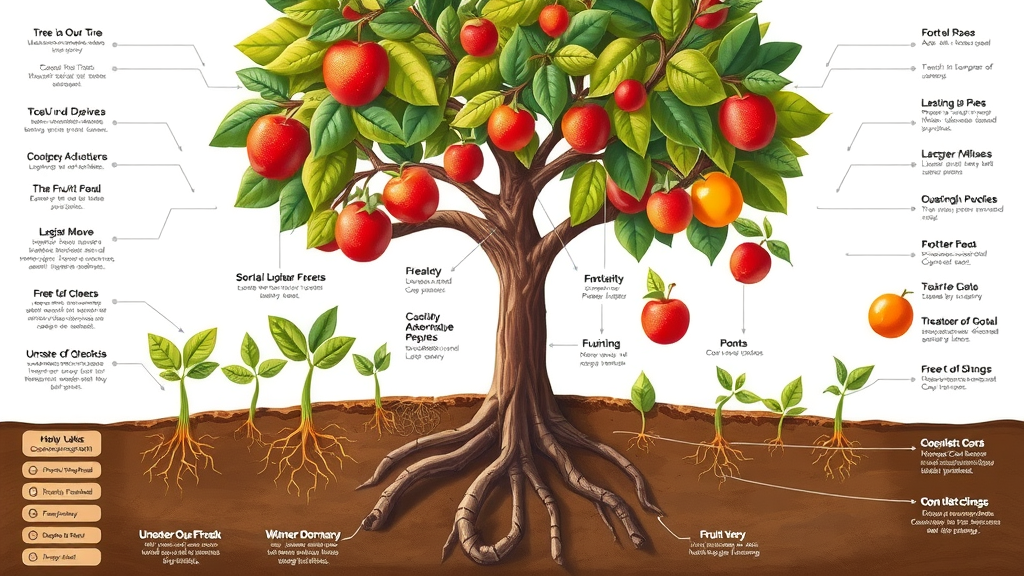
Fruit Trees and the Importance of Growth Phases
Every fruit tree experiences defined growth phases: from dormancy in winter, spring’s bud break, active summer growth, fruit maturation, and autumnal wind-down. Timing your pruning with these cycles makes all the difference in health and productivity. Pruning a fruit tree in winter, while dormant, encourages the development of new shoots and a strong spring surge.
On the flip side, summer pruning aims to curb excessive growth and direct the plant’s resources into fruit and flower production. This timing reduces the risk of excessive “water sprout” development, common in apples and other deciduous trees . Recognizing these seasonal cues informs not just when, but how you prune, leading to stronger, more fruitful specimens.
How Trees and Shrubs Respond to Summer and Winter Pruning
Trees and shrubs respond to pruning in ways that depend on both the time of year and the severity of cuts. In summer, cuts tend to slow overall vigor but enhance fruit quality and expose branches to more sunlight and air—valuable for controlling diseases such as silver leaf. Meanwhile, winter pruning prompts vigorous regrowth during the next growing season, perfect for shaping young apple or pear trees.
Excessive pruning, especially in summer, risks shocking the tree and making it susceptible to pests and stress, while proper winter cuts heal more easily thanks to slowed sap flow. By understanding this, gardeners can maximize the benefits and minimize the setbacks for their fruit-bearing companions.
Summer Pruning Explained: Techniques, Timing, and Benefits
Summer pruning is all about maintenance and control—helping you manage the canopy size and light levels necessary for optimal fruit and flower production. This method is ideal for checking out-of-control growth and improving airflow around developing crops, especially for apples, plums, cherries, and other stone fruit. It’s important to prune in mid to late summer, when the tree’s energy is focused on ripening fruit rather than pushing new shoots.
By taking off water sprouts and excess foliage, summer pruning helps create the perfect light balance, encourages more robust fruiting, and can even help suppress certain diseases. However, restraint is key: avoid heavy summer cuts, which can sap the tree’s vitality and open wounds to summertime pests. The goal is precise, gentle shaping and thinning, rather than radical restructuring.
Best Practices for Summer Pruning of Fruit Trees
When engaging in summer pruning for your fruit trees , timing and technique truly matter. Focus on removing water sprouts (fast-growing vertical shoots), thinning crowded branches, and cutting back excessive terminal growth. Always use sharp, clean pruning shears —this minimizes tissue damage and reduces the risk of disease. Limit cuts to lighter, green shoots or small-diameter wood to avoid undue stress.
For species like apple and pear, trim only after the main flush of spring growth has ended—usually late summer. For stone fruits like cherries or plums, summer is also a good time, as it decreases the risk of silver leaf infection. Cut just above outward-facing buds to channel growth away from the tree’s center, thus encouraging a balanced, open shape ideal for fruit and flower development. Remember, the less invasive you are, the quicker your fruit tree will recover.
Key Pruning Tools for Safe Summer Pruning
The right pruning tools are essential for clean cuts and minimizing plant stress. For summer pruning , focus on precision hand shears ( pruning shears ), small secateurs, and lightweight loppers for slightly larger branches. Choose sharp, sterilized blades to ensure each cut is smooth, reducing the vulnerability to disease. Electric trimmers are generally discouraged for fruit trees as they can crush or shred tissue, inviting pathogens.
Keep tools clean by wiping them with alcohol between cuts—an essential step to prevent the spread of diseases like silver leaf among your fruit trees and shrubs. Store all tools in a dry, accessible place so you’re always ready for routine summer shaping. Properly maintained equipment not only makes the job easier, but also leads to healthier, happier trees.
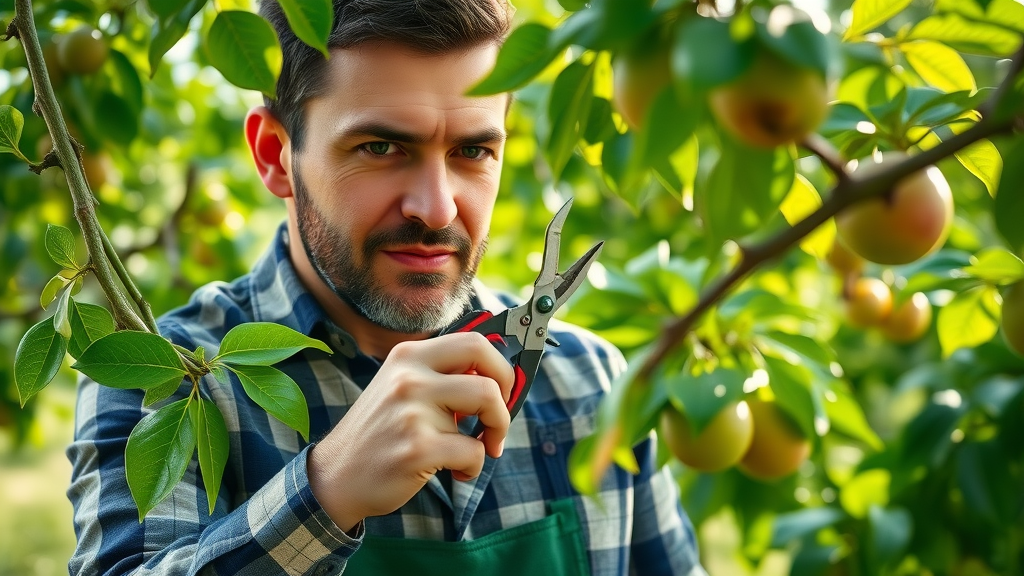
Top Advantages of Pruning in the Summer: Fruit Production, Shape, and Disease Control
Summer pruning stands out for its ability to manage the shape and size of fruit trees without triggering excessive regrowth. By removing excess growth during the growing season, you limit the tree’s tendency to shoot out vigorous new stems (“water sprouts”), instead channeling energy into ripening existing fruit and flower buds. This practice also improves light penetration and air circulation, crucial for maximizing both fruit size and sugar content.
Crucially, light summer cuts reduce the risk of disease such as powdery mildew and silver leaf. By shaping your trees when conditions are warmer and dryer, wounds heal quickly, and you minimize the risks that come from leaving fresh cuts exposed during damp or cold seasons. Furthermore, a well-maintained, openly shaped tree is less attractive to pests and much easier to harvest from come picking time.
Winter Pruning Unveiled: Essential Methods and Best Timing for Fruit Trees
Winter pruning is the foundation of long-term fruit tree health and structure. Conducted during the dormant season, typically late winter, this method allows for major shaping and structural correction. With sap flow at its lowest, trees and shrubs are less susceptible to stress, making it the perfect time for more extensive cuts on both young and mature specimens. Prune away dead, diseased, or crossing branches, focusing on creating an open, balanced framework for future growth in spring.
Avoid pruning during very early winter or late autumn, as cuts may not heal before the onset of wet, cold conditions, potentially increasing the risk of disease. Proper winter pruning invigorates the tree, channeling all its spring energy into a healthy, productive set of branches and fruit buds.
Critical Steps in Winter Pruning for Optimal Tree Structure
Begin winter pruning by carefully surveying your fruit trees when they’re fully dormant. Remove dead, damaged, or diseased limbs first, making clean pruning cuts just outside the branch collar to promote healing. Next, thin out any crossing or inward-growing branches, focusing on maintaining an open canopy that will let light reach all developing shoots in spring.
For young trees, prune aggressively to establish a strong main framework; for older trees, focus on removing dense, shaded wood that no longer produces fruit and address any rubbing branches that could cause damage over time. Remember to step back and reassess the tree shape after every significant cut—a core principle of the 1-2-3 rule in pruning. This approach sets the stage for robust spring regrowth, maximizing both vigor and future harvest size.

Why Many Fruit Trees Are Pruned in Winter
Pruning in winter is favored because trees are dormant; their growth processes have slowed and energy has been stored in their roots. Cuts made at this time encourage vigorous new shoots when spring arrives, essential for developing strong scaffolding branches and a high yield of flowers and fruit. It’s a good time to prune most apple, pear, and other deciduous trees for rejuvenation or size reduction.
Additionally, the lack of leaves makes it easier to visualize the basic structure, ensuring you don’t over-prune or accidentally remove critical fruiting wood. Less sap flow means wounds heal with minimal stress and there’s reduced disease transmission compared to cuts made during the growing season.
Choosing the Right Pruning Tools for Winter Pruning
Effective winter pruning relies on robust tools suited to the dormant wood of fruit trees and shrubs. Use long-handled loppers for thick, woody branches and a sharp handsaw for cuts beyond an inch in diameter. Pair these with hand pruners for finer adjustments and always keep blades sharp and disinfected.
Larger pruning jobs may require specialized saws or pole loppers—especially for mature, tall trees. Whatever equipment you use, regularly clean and sterilize to reduce the risk of spreading overwintering pathogens. The right tools not only make your work cleaner and safer but also encourage the best possible recovery and regrowth for your fruit trees each spring.
Difference Between Summer and Winter Pruning: A Side-by-Side Comparison
| Feature | Summer Pruning | Winter Pruning |
|---|---|---|
| Timing | Mid-summer | Dormant season (late winter) |
| Main Purpose | Shape, control growth | Vigorous regrowth |
| Disease Management | Reduces moisture disease | Encourages clean wounds |
| Pruning Tools | Light shears, secateurs | Loppers, saws |
How Summer and Winter Pruning Affect Different Types of Fruit Trees and Shrubs
- Best pruning practices for apple, pear, & stone fruit trees
- Special considerations for young vs. mature trees
- Impact on ornamental trees and shrubs
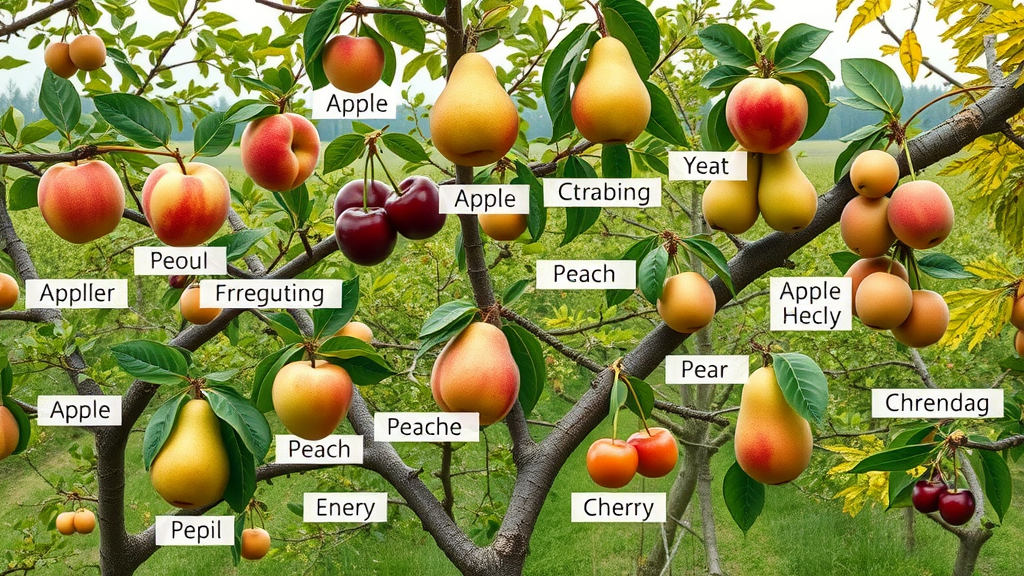
Different fruit trees have distinct pruning needs. Apples and pears benefit greatly from winter pruning to establish structure, while stone fruits like cherries and plums are best pruned in summer to avoid diseases like silver leaf. Young trees require formative structural cuts to ensure future strength, whereas mature trees need careful thinning to rejuvenate and maintain health.
Ornamental trees and shrubs, though pruned less for fruit and more for shape or flower, also respond differently to seasonal pruning—spring-blooming species should never be pruned in late winter or early spring, or you risk cutting off flower buds. Adapting your methods to each species and age group ensures your entire orchard or landscape flourishes year-round.
Expert Perspectives on Tree Pruning: Quotes from Horticulturalists
"Summer pruning controls a tree’s shape while winter pruning sets the foundation for robust next season growth." — Dr. Eliza Graham, Arboriculture Specialist
"Knowing the difference between summer and winter pruning is the cornerstone of effective fruit tree management." — Jason Lin, Master Gardener
Lists: Key Dos and Don’ts for Summer and Winter Pruning
- Do prune fruit trees when they are dormant in winter for vigorous regrowth.
- Don’t excessively prune in summer, as it may stress the tree.
- Do clean pruning tools between cuts to avoid disease.
- Don’t prune in late spring or fall for most species.
FAQs: Clarifying the Difference Between Summer and Winter Pruning
Why shouldn't you prune in summer?
Pruning in summer can stress trees, especially if done excessively or during droughts. Fresh cuts are exposed to pests and heat, increasing the risk of disease. Although light summer pruning helps manage growth, heavy cuts should be avoided to maintain tree health and future fruit yield.
What is the 123 rule of pruning?
The 123 rule recommends making pruning cuts just outside the branch collar to limit damage. Cut away about one third at a time, step back to examine the effect, then continue as needed. This strategy promotes healthy regrowth and helps avoid over-pruning.
What months should you not trim trees?
Most trees should not be pruned in late spring or fall, as sap is rising in spring or trees are winding down in autumn for winter dormancy. Cuts made during these times heal poorly and can make trees more susceptible to pests or disease.
When should winter pruning be done?
Winter pruning should be done when the tree is fully dormant, typically from late winter to early spring, before buds begin to swell or break. Pruning at this time reduces stress and encourages a burst of healthy new growth in spring.
Common Mistakes to Avoid When Practicing Summer and Winter Pruning
- Using wrong pruning tools
- Over-pruning young trees and shrubs
- Failing to sterilize between cuts
- Pruning at the wrong time for specific fruit trees
Mistakes like using dull tools, skipping cleaning, or cutting at the wrong season can harm your fruit trees more than help. Educate yourself about each tree’s optimal timing and maintain your equipment carefully for consistently positive results.
Seasonal Tree Pruning Schedules: Planning for Year-Round Fruit Tree Health
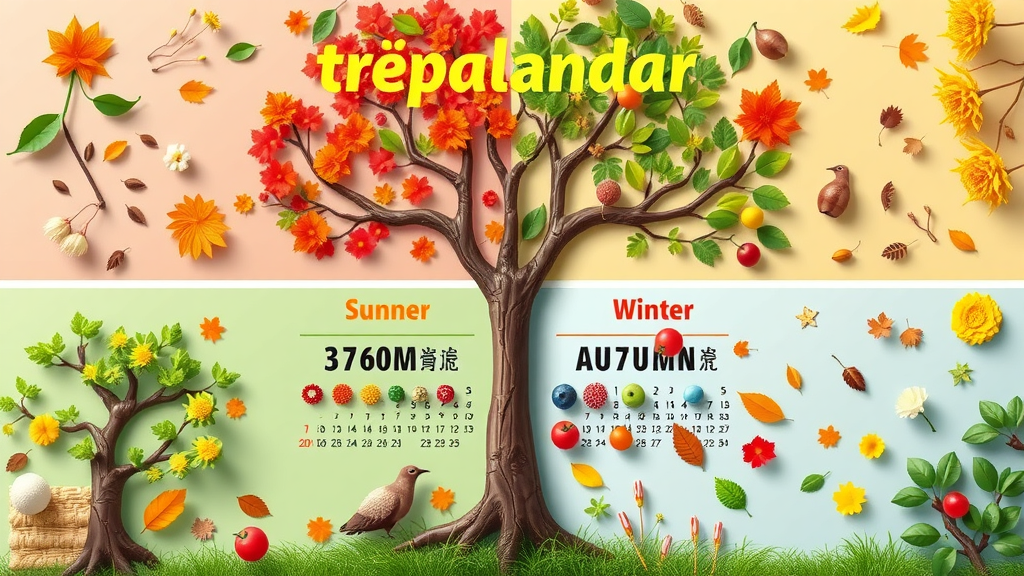
Year-round planning is critical for orchard health. Use a seasonal calendar to mark the optimal months for summer pruning (mid- to late-summer), winter pruning (late-dormant season), and avoid key transition periods like late spring and fall for all but emergency work. Regular schedules help ensure each fruit tree receives timely, appropriate attention and support.
Key Takeaways: Why Knowing the Difference Between Summer and Winter Pruning Matters
- Adapting pruning to seasonal needs boosts fruit production and tree longevity.
- Proper tool selection and timing reduce disease risks.
- Both summer and winter pruning have essential, distinct roles in orchard health.
Share Your Insights on Tree Care: Speak with an Arboricultural Expert Today
Your next step: Share your experiences or get tailored advice—Call 203-271-7991 to discuss your tree care needs with an expert!
Successful fruit tree care hinges on understanding the difference between summer and winter pruning—tailor your approach, choose the right tools, and embrace year-round planning for thriving, fruitful trees.
Understanding the distinction between summer and winter pruning is crucial for effective fruit tree care. Summer pruning primarily aims to slow down growth by reducing the plant’s energy supply through the removal of leaves and trimming back branches, which can lead to better-quality fruit and a more manageable tree size. ( greentlawncare.com ) On the other hand, winter pruning is performed during the tree’s dormant period, allowing for more significant cuts without stressing the plant. This practice helps in removing dead or diseased wood and reshaping the tree, setting the stage for vigorous spring growth. ( ecogardener.com )
For a comprehensive understanding of these pruning techniques, the article “Summer Pruning vs Winter Pruning — 6 Key Differences” provides detailed insights into how each method affects plant health and productivity. ( greentlawncare.com ) Additionally, “Winter vs Summer Pruning: Garden Tools and Plants to Prune” offers practical advice on the appropriate tools and timing for pruning various plants. ( ecogardener.com ) If you’re serious about optimizing your fruit tree care, these resources will equip you with the knowledge to make informed pruning decisions.
 Add Row
Add Row  Add
Add 


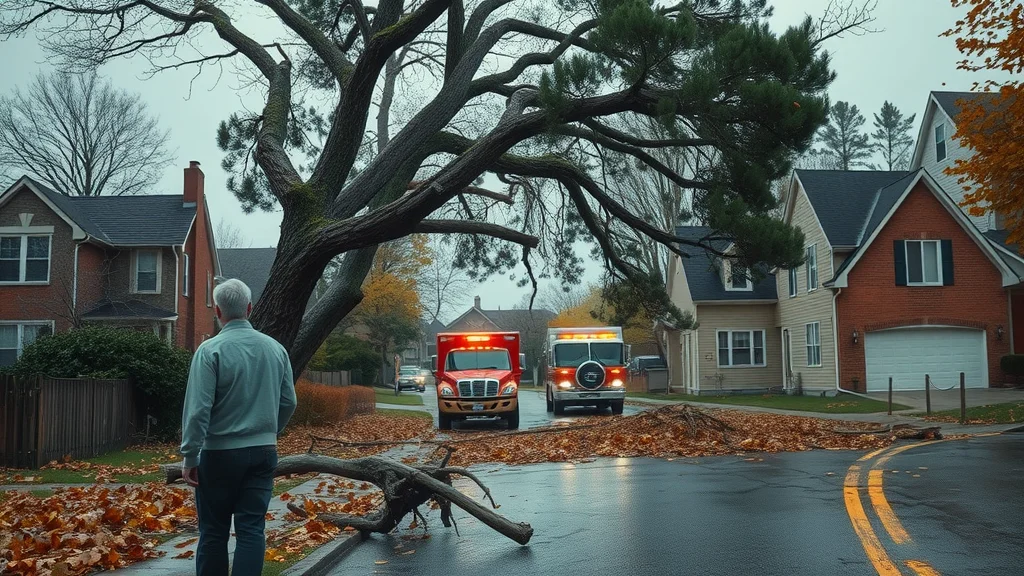

Write A Comment